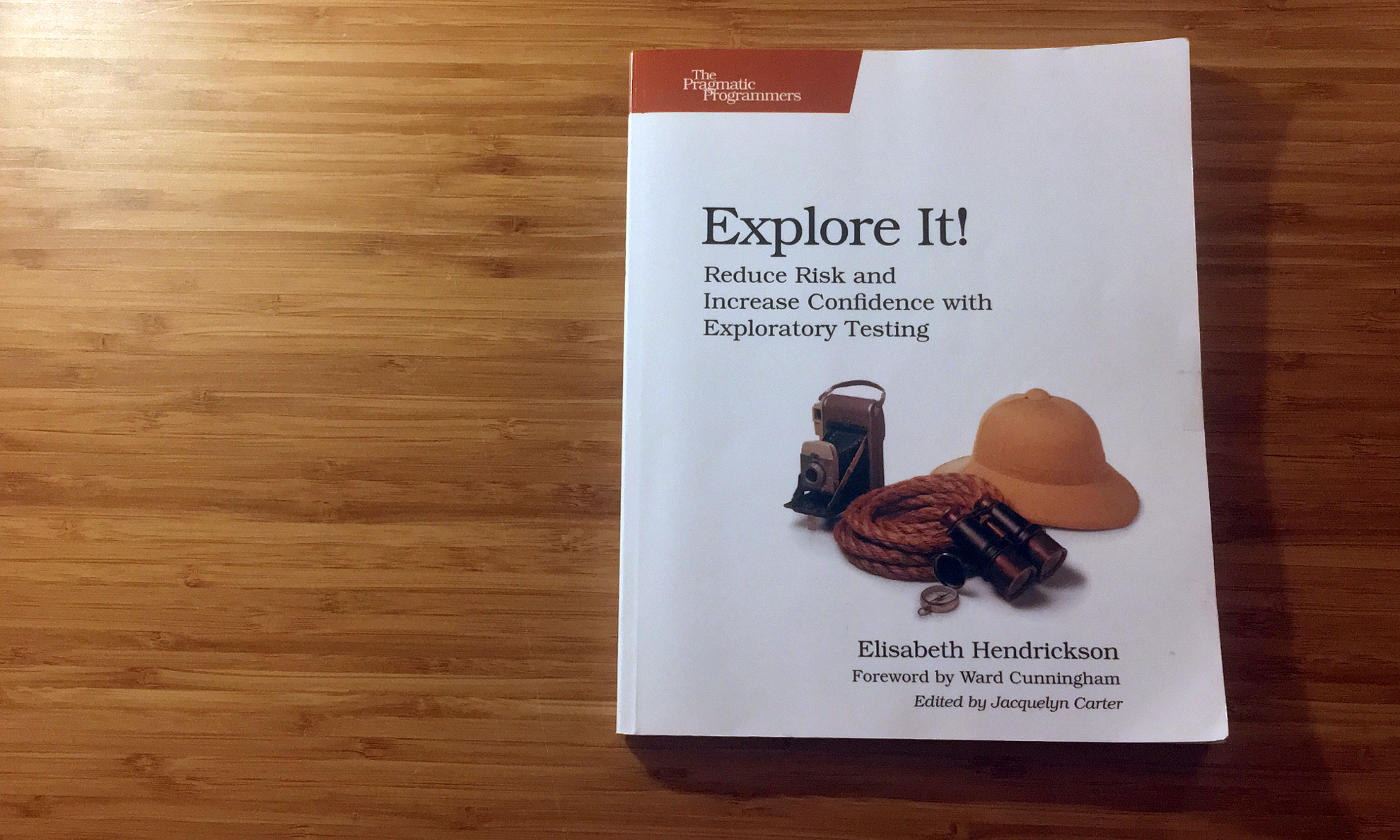Which Problem does this book solve?
Exploratory testing is an important part of current testing strategies, but in contrast to many other, mostly automated processes, it is harder to find structured manuals and help directly on the internet. What this book aims to do is to provide an introduction to exploratory testing and other topics related to it. It will not only teach the philosophy of this approach but also a complete, modular process including help for how to incorporate it.
Target Audience
The book is best suited for beginners, who want to learn exploratory testing, or need more information about this topic. This title is also suited for someone who needs to understand the concept to hire or work with testers. I think it is interesting as well for people who are already experienced but have to teach exploratory testing to others.
If you are already an advanced exploratory tester, this book won’t offer you much.
Structure and Content
When reading this book for the first time, I recommend doing it in a linear way. The book is building know how in a structured manner and following the outline of the book, will give you the best results.
It’s easy to look up information later and to practice with the book after you read it once. At the end of each chapter, you will find a “practice session” with tasks and inspirations for you, to create a practical training session for yourself. Doing that will help you to keep and deepen what you learned in this chapter, this is a great addition to the content.
It is apparent that the author made a deliberate effort to teach the reader and to enable him to self-study with the book.
At the beginning of the learning path, the author is using the exploration of an unknown territory as a metaphor for exploratory testing. This metaphor is building an excellent framework to transform people into thinking with an exploratory mind.
You will learn to test everything, not only software. While reading the book, you will understand how powerful, versatile and useful exploratory testing is as a tool. Because it’s not just software you can collect information about, with what you learn in “Explore it!”. But also devices, APIs, wireframes, layouts and so on – a lot of things we work with daily. (Beeing able to test like this will not only help you professionally but also with private affairs if you are willing to take it this far.)
In a nutshell, this book quickly communicates what testing is about which is collecting information about a system through structured thinking about it and working with it.
The text explains then how to create useful, focused exploration tasks, how to design a plan with them and how to handle test ideas you get while testing on the current path. At the end of the first chapter, you will have learned the necessary skills to start testing with the guidance of someone with more experience. – You probably don’t want to keep this skill level.
The second chapter is focusing on analyzing systems and how to find out about their nooks and crannies and is firmly based in the first part of the book.
The third chapter is talking about interesting, additional topics. It has instructions on how to test software that does not provide a GUI and how to collect information about systems you have to support, which are already out of development. (This is also useful to evaluate software you might want to but in the future.) The last part of the book talks about how to explore and find missing requirements and how to build what you learned into your testing strategy.
The last topics are connecting the basics you learned to a whole, modular system of discovery. The appendix is providing you with a valuable “Heuristics Cheat Cheat” you should not miss. It is useful for all kinds of testing and is a great resource on its own.
Conclusion
This book can deliver a complete exploratory testing system on 160 pages. It looks like the team which was creating the book was able to pinpoint the information with the biggest benefits for the reader. I don’t feel like anything is missing. They avoided filler content, which I like very much and wrote in an easy to read and understand language.
The book targets beginners, and for these, I would give my unrestricted recommendation. Experienced exploratory testers won’t find many new things, but if they have to teach people on how to use exploratory testing this book is an excellent guide to creating a curriculum because this is what it is.
“Explore it! Reduce Risk and Increase Confidence with Exploratory Testing”, is an awesome book to learn exploratory testing in a structured manner to a point where you can implement it.
Appendix
Where to buy?
Here: https://pragprog.com/book/ehxta/explore-it or on Amazon.
More About the Author
If you want to know more about or from the author, visit her website, like reading her book, I would recommend taking a look http://testobsessed.com
Information about the book
Title: Explore it! Reduce Risk and Increase Confidence with Exploratory Testing
Author: Elisabeth Hendrickson
Editor: Jacquelyn Carter
Publisher: Pragmatic Bookshelf
Pages: 156
Language: Englisch
Year: 2014
ISBN: 978-1-937785-02-4

